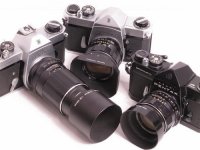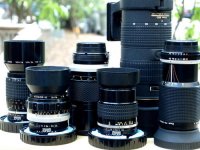David Hughes
David Hughes
How many readers here even know what a slide rule is? I'm old enough to have used a 16inch Hemmi (= pretty old).
Hi,
I must be well past it as I still use the things.
Of course, not having to switch it on and wait five minutes for it to start is an advantage. Plus you don't get adverts for the next generation of gizmo...
And often they give an idea of the answer for several values by glancing along the thing. Unlike spread sheets where each figure has to be entered. When I did the Weber-Fechner based figures for the three primes I could see the answers 85 and 90 and 50 and 53 just by glancing at the scale.
Regards, David




